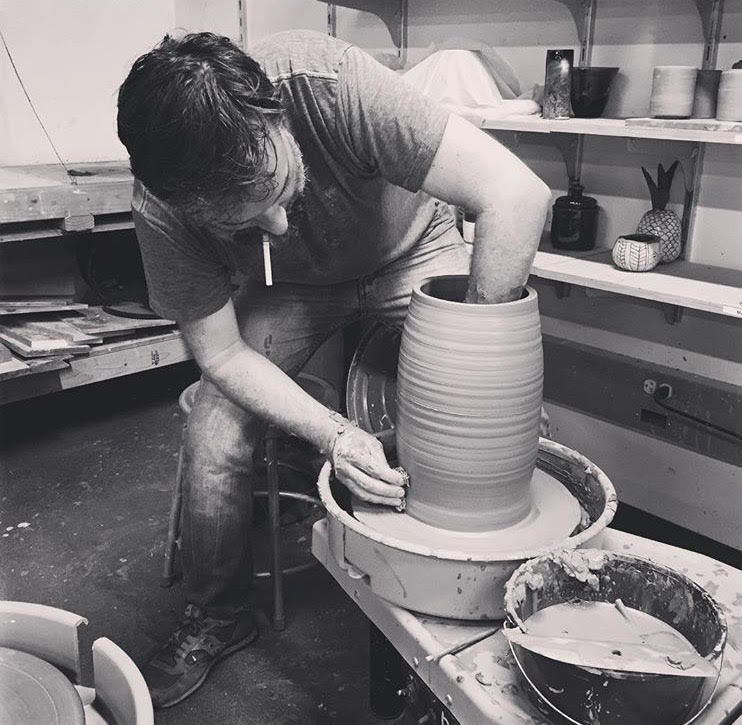
16 Sep Interview with Tim Schwab
By Richard Chang
Irvine resident Tim Schwab dons a few different hats. During business hours, he’s director of design and installation at Laguna Art Museum. When he’s not on the clock, he does freelance graphic design for several local companies and makes ceramic art.
Trained as a bronze sculptor, Schwab now finds his passion creating artistic pottery. The BFA graduate of Laguna College of Art + Design is showcasing his recent clay creations in a show with painter David Michael Lee at F+ Gallery in Santa Ana. Located in the Orange County Lofts (a.k.a. the “Train Station Lofts”), F+ Gallery is owned and operated by Micah Kersh, who’s also curating the “Surface Tension” exhibit with Lee and Schwab. “Surface Tension” opens Saturday, Sept. 19, with a reception from 7-10 p.m., and runs through Oct. 10.
We caught up with Schwab near Laguna Beach during his lunch break, as he prepared for his first major pottery show.
What do you do at Laguna Art Museum?
I’m exhibition designer and director of operations. I do all of the installations for new shows, and handle the operations. I work with the artists and the curatorial team and the director to create a cohesive exhibition experience. I also work on the graphic and marketing design. We want to be able to reach out to the public in a greater capacity.
Describe your background in bronze sculpture.
My specialty (at LCAD) was figurative bronze sculpture. I did it for a while. The difficulty with bronze sculpture is, the facility needed to do it is so extensive, and there’s nothing local. For me, the greatest part about doing bronze sculpture was actually manipulating the clay, building armatures and all that stuff. When you look at the overall process, actually creating the sculpture or the figure in clay really comes down to maybe one-tenth of the process.
What I really loved was working with clay. To go from clay to bronze, you would build an armature – take wood, maybe aluminum wire, or maybe rebar, depending on the size. Then you pack clay over the top of that armature, then shape the clay and form the clay into the piece you’re working on. After that there’s a molding process. Depending on what type of mold you want to do, rubber would be applied, then plaster, then from there you cast a wax version of the clay version you made. Then it has to be put into a pillar of plaster and materials called an investment. It’s a very long process.
As a young artist, to get to that point takes an incredible amount of financial investment, an incredible amount of time. And you may be successful, or you may not. Building a portfolio as a bronze sculptor is incredibly difficult.
How did you transition into pottery?
When I realized I was interested in pottery, I actually took a class at Irvine Fine Arts Center. Laura Haight was teaching the class. For me, I already had an art background. I already knew how to throw a pot. But I moved to larger forms, more dynamic forms, more dynamic glazes, crackling glazes. I learned to push the surface of the work I was making.
I also took a course at Coastline Community College.
You mentioned that the “Adam Silverman: Ceramics” show (Oct. 27, 2013-Jan. 19, 2014) at Laguna Art Museum had a big impact on you.
Seeing his work was a major breakthrough. It completely opened my mind to this world of pottery that doesn’t have to be this super pretty thing. It doesn’t have to be functional. It can be sculptural, but not purely in a sculptural sense, like Ken Price. That Adam Silverman exhibition really opened my mind.
How long have you been working with pottery?
I’m relatively new to pottery. I’ve been doing it for only one year. I had a little exposure in high school, when I took an intro to pottery class. The instructor let you do your own thing. It didn’t really connect with me in high school. It just seemed like a hippie skippy type thing back then I wasn’t really interested in.
What do you find interesting now about working with ceramics?
Part of the thing with pottery that’s fascinating is that you really only have so much control, and then you’re really left with how the elements interact with each other. I think that’s kind of part of the beauty of it.
You can look at some Japanese masters, or Korean potters, and they’ll do these incredibly crafted, almost perfect vessels, and they look like they’ve never been touched by the human hand. There’s a certain beauty to that. I think it’s really wonderful, and (demonstrates) dedication to craftsmanship. It’s really a fine art.
But I also appreciate the ability to go in with a level of sincerity about – I’m going to put my hand on this and help create it. But to a certain extent, it’s also subject to how the clay was mixed, what the temperature was, how the kiln reacted, how the glazes are reacting. So that’s the kind of thing I find really interesting, too. That’s the kind of stuff I’ve been exploring recently.
Describe your work. Do you title anything?
It’s really difficult to title them. I probably will name the series, then put a number on the series.
One piece has a crawling glaze over the top. (Showing images on a laptop computer) This is a red clay with a blue crawling glaze at the top. I love at the bottom how it’s almost falling off the pot, but it’s actually really solid.
This is the same crawling blue glaze I used on the other piece, but it’s on a black clay called Cassius Basaltic.
This one has a beading glaze, a white glaze poured over Cassius Basaltic clay. I was really interested in this series in the matte finish, a natural finish of the clay when you fire it. It’s dark black. But on the inside, there is a black gloss glaze only on the inside of the pot. It’s nice for the viewer, because you walk up, and there’s a hidden surprise – a really shiny glaze.
Here’s another where I wanted to experiment with misshaping the form. There are holes punched through it. This one won’t hold water.
This is a similar pot with a blistering glaze – it creates blister effects versus a bead or a crackle.
This is a red clay, and I created a red, beading glaze that I then poured over.
Do you think we as an art audience have gotten past the “ceramics as craft” notion, or are some people still stuck in that?
I think a lot of people are still stuck in it. There’s functional ceramics, and there’s sculptural ceramics, and I think there are artists that are artists, and they’ve chosen to work in the medium of ceramics. Hopefully my work is right in there. And I hope people accept it as fine art. But I think that’s something that all people that work in ceramics and don’t just do production ceramics or create teapots – I think it’s something they all struggle with.
Do you ever feel the obligation to make it functional?
There’s such a broad range of functionality. If I make a pot that you can put flowers in, or if I make a wedge with a hole in it you can put flowers in, it becomes functional. Almost anything can be really functional.
Unless it’s pocked with holes. It could still be functional, but you couldn’t put water in it.
Sure. So, no, not really. I guess I just make the things I make. It’s a vessel. I’ve created a vessel. It’s not purely sculptural. It functions as a visual object that I think people enjoy.
You mentioned Adam Silverman, Peter Voulkos, Jerry Rothman and Laura Haight as inspirations. Any other inspirations you care to mention?
There’s inspiration everywhere. It’s hard to pin down past that. I guess all the design instructors I had in school. A lot of artists I’ve worked with at the museum who just have a great sense of design overall.
Do you feel inspired by your work at the museum?
Oh, absolutely. I’m entrenched in the art world every single day. So yeah.
There’s so much, it’s actually kind of hard to pinpoint what’s truly the one thing that inspires you.
Is this show the achievement of a vision or a dream?
Yeah, for sure. It’s great.
Will you still be happy if you don’t sell much?
Oh yeah, absolutely. I’ve created these to create them. If people are excited about it, that’s great. So far, I’ve had a really great response. So I’m really excited for the show.
F+ Gallery is at 661 N. Poinsettia St., Santa Ana, 92701. fplusgallery.wix.com/fplusgallery



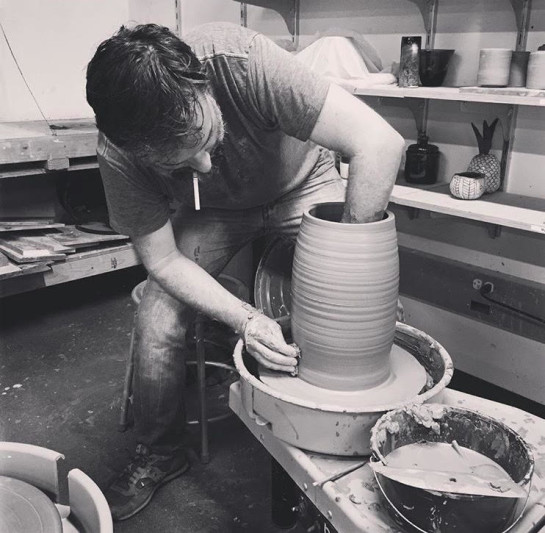
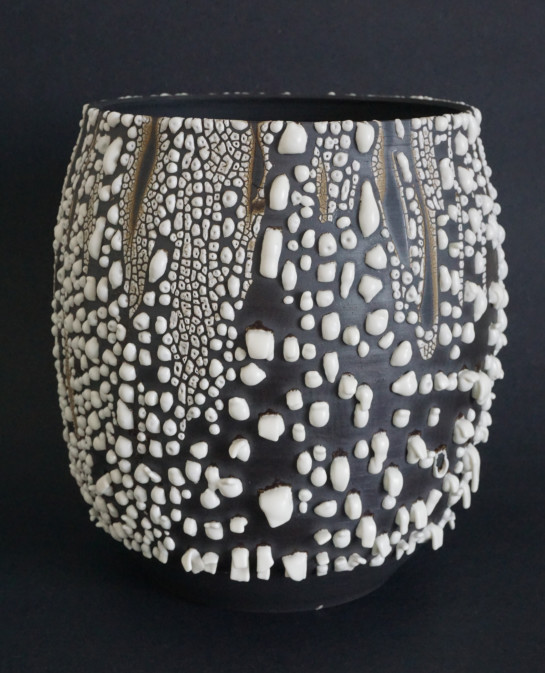
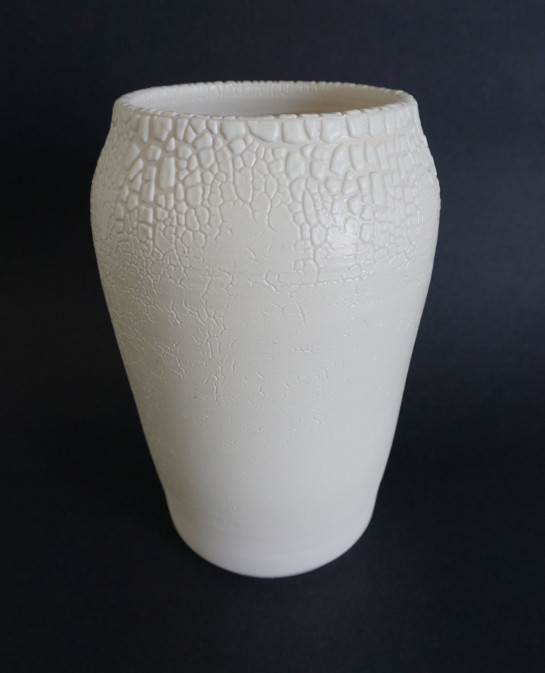
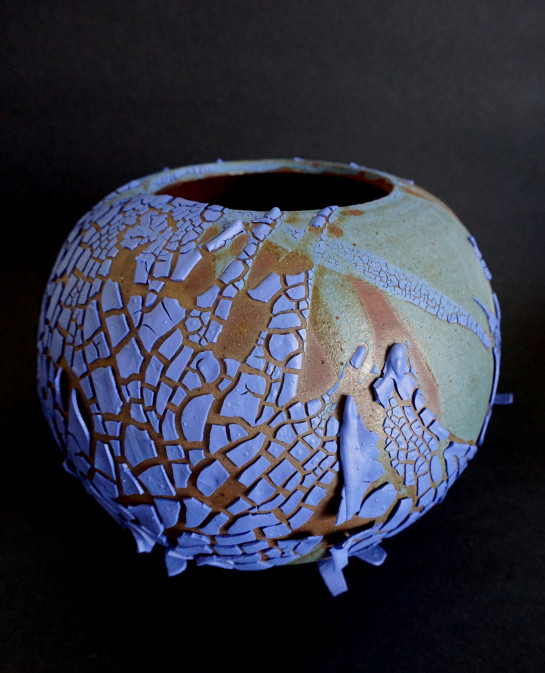
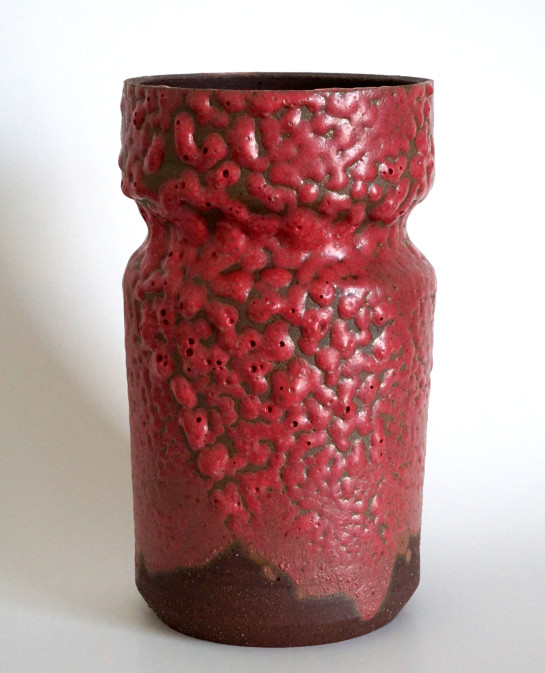
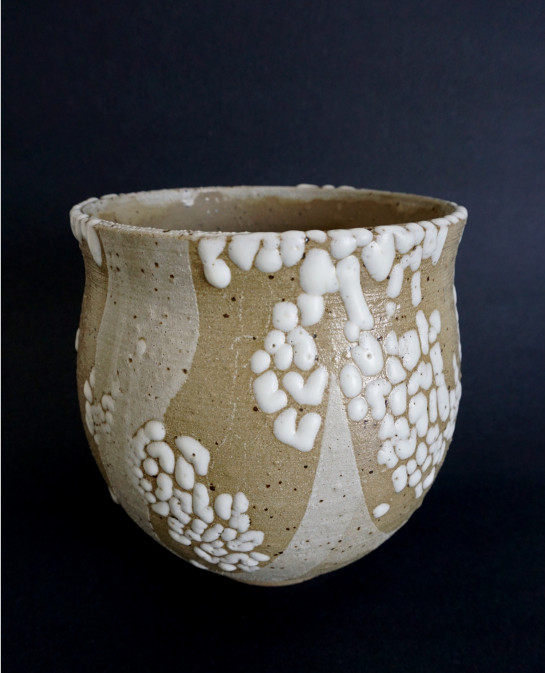
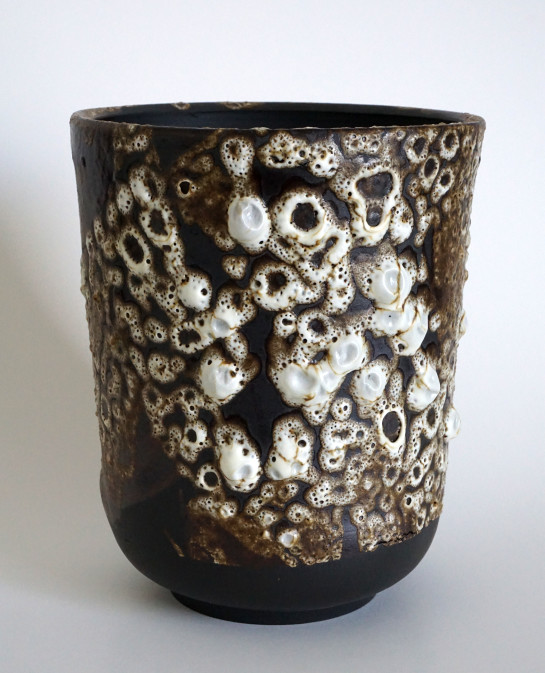
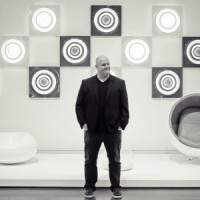
Sorry, the comment form is closed at this time.